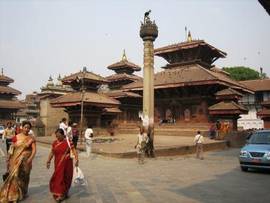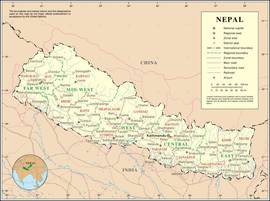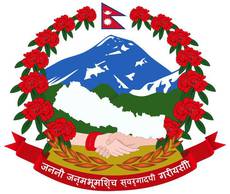Nepal - Himalayan country
Nepal, officially the Federal Democratic Republic of Nepal, is a landlocked country in South Asia. It is located in the Himalayas and bordered to the north by the People's Republic of China, and to the south, east, and west by the Republic of India. Nepal has a population of approximately 30 million; Kathmandu is the nation's capital and the country's largest city with 1,5 million inhabitants.
Nepal has a rich geography. The mountainous north has eight of the world's ten tallest mountains, including the highest point on earth, Mount Everest. The fertile and humid south is heavily urbanized. Here, in the far South-East of Nepal, near Biratnagar, our project is located in Sirsia.
Society in Nepal
In Nepal live a multitude of different peoples and tribes. Hinduism is practiced by the large majority of people in Nepal. Buddhism, though a minority faith in the country, is linked historically with Nepal. The birthplace of Gautama Buddha, the founder of Buddhism, is in Nepal. Many Nepali do not distinguish between Hinduism and Buddhism and follow both religious traditions. Muslims and Christians form small minority communities in Nepal.
A monarchy throughout most of its history, Nepal is now a Federal Democratic Republic. For ten years the Communist Party of Nepal (Maoist) fought a civil war. After several weeks of mass protests by all major political parties of Nepal a peace accord was negotiated in 2006. In 2008 Nepal became a Republic.
(courtesy Wikipedia)



